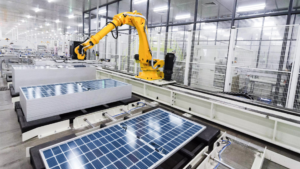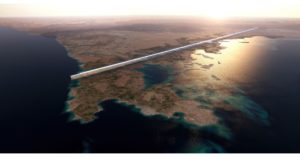The Gulf Cooperation Council (GCC) countries, comprising Bahrain, Kuwait, Oman, Qatar, Saudi Arabia and the United Arab Emirates (UAE), are among the world’s largest oil and gas producers and exporters. However, in recent years, they have also shown increasing interest and commitment to developing and deploying renewable energy sources, such as solar, wind and hydrogen, to diversify their energy mix, reduce their carbon footprint and support their economic transformation.
According to the International Renewable Energy Agency (IRENA), the GCC countries have set ambitious targets for renewable energy deployment, ranging from 5% to 50% of electricity generation by 2030 or 2050. To achieve these targets, they have adopted various policies and mechanisms, such as tenders, auctions, feed-in tariffs, net metering and green certificates, to attract private sector investment and foster competition in the renewable energy market.
The GCC countries have also demonstrated remarkable progress in implementing renewable energy projects, especially in the solar sector. As of 2018, the total installed renewable power capacity in the GCC reached almost 7 gigawatts (GW), of which 86% was solar PV. Some of the notable projects include:
- The Mohammed bin Rashid Al Maktoum Solar Park in Dubai, UAE, which is expected to reach a capacity of 5 GW by 2030 and become the world’s largest single-site solar park.
- The Noor Abu Dhabi solar plant in Sweihan, UAE, which has a capacity of 1.18 GW and is currently the world’s largest single-site solar PV project.
- The Sakaka solar plant in Al Jouf, Saudi Arabia, which has a capacity of 300 megawatts (MW) and is the first utility-scale renewable energy project under the country’s National Renewable Energy Program.
- The Al-Dhafra solar project in Abu Dhabi, UAE, which will have a capacity of 2 GW and is expected to be the world’s largest single-site solar PV project once completed.
- The Dumat Al Jandal wind farm in Al Jouf, Saudi Arabia, which will have a capacity of 400 MW and is the first utility-scale wind project in the country.
In addition to solar and wind power, the GCC countries are also exploring the potential of green hydrogen as a clean and versatile energy carrier that can be used for power generation, transportation, industry and export. For instance:
- The UAE has launched the Hydrogen Alliance, a partnership between Abu Dhabi National Oil Company (ADNOC), Mubadala Investment Company and ADQ, to develop hydrogen production and export capabilities.
- Saudi Arabia has announced plans to build a green hydrogen facility powered by 4 GW of wind and solar power at Neom, a futuristic city on the Red Sea coast. The facility will produce 650 tons of green hydrogen per day for domestic use and export.
- Oman has signed an agreement with InterContinental Energy, a Hong Kong-based developer, to build a green hydrogen-to-ammonia project powered by 25 GW of wind and solar power. The project will produce 1.8 million tons of green ammonia per year for export to Asia.
The GCC countries’ renewable energy initiatives reflect their recognition of the global energy transition and their desire to play a leading role in it. By harnessing their abundant natural resources and financial capabilities, they can not only achieve their domestic targets but also contribute to the global efforts to combat climate change and achieve sustainable development.





